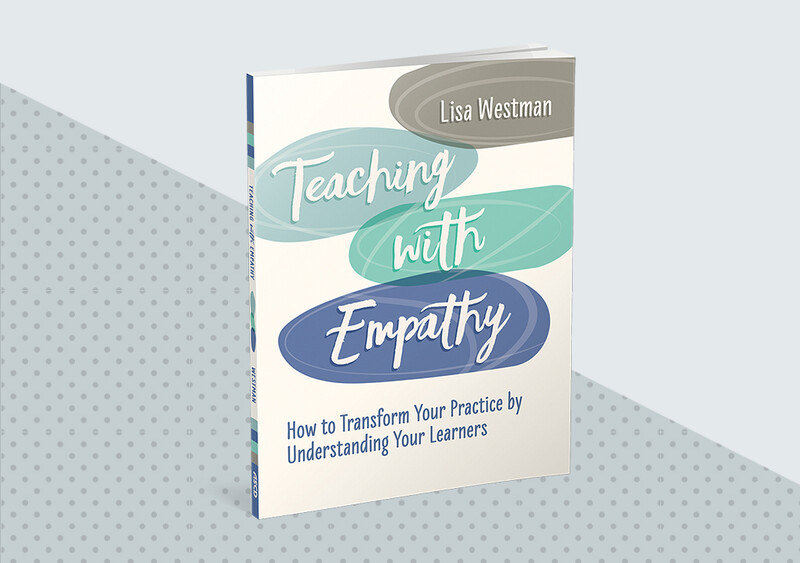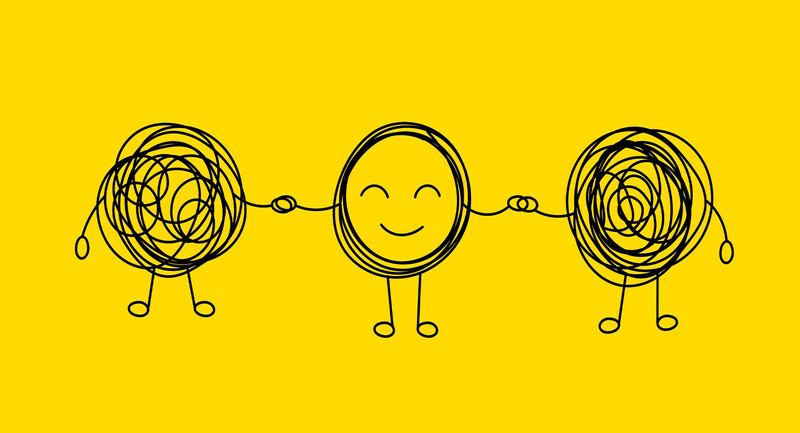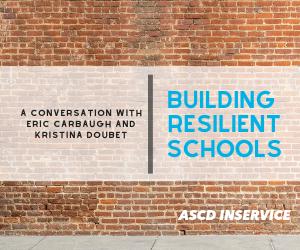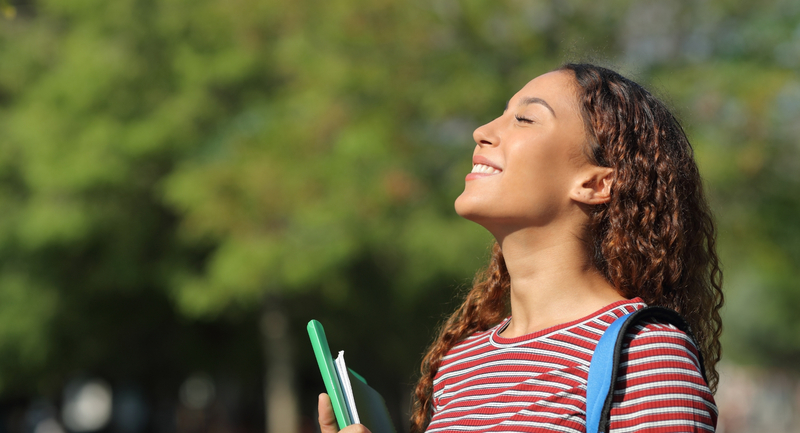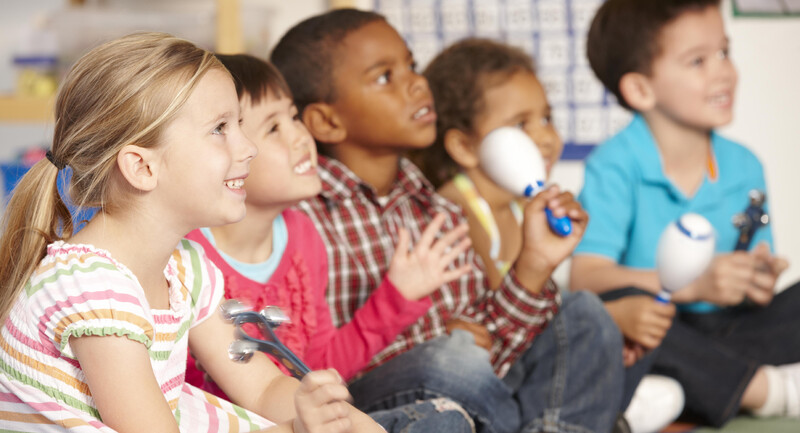Schools are on the verge of an empathy crisis, according to Lisa Westman, author of Teaching with Empathy: How to Transform Your Practice by Understanding Your Learners (ASCD, 2021). The pandemic increased stress and anxiety among already tapped out educators, putting their ability to express empathy at risk and leading to compassion fatigue. (Read how the pandemic affected empathy in other fields, including clinical healthcare settings.)
“Some people would say empathy is endangered,” Westman told educators during an ASCD webinar last week.
Even prior to the pandemic, 57 percent of teachers reported being unengaged, meaning they were not emotionally connected to their work. Because of the significant stress that educators are—and have been—under, Westman urges schools to focus on empathy-building, which has been shown to make a positive difference in classroom culture and student relationships. Just one empathetic educator can have a life-changing impact on the trajectory of a student’s life, Westman noted.
Two Empathy Strategies
Empathy is the capacity to understand the thoughts, feelings, and experiences of another person. To have empathy, we not only have to notice others’ feelings—we have to care about and value those feelings, according to Harvard’s Making Caring Common project.
As Westman explained, empathy is both a character trait and a skill. Similar to other “teachable” skills, educators can take steps to build their own capacity for empathy—and that of their students. By cultivating certain strategies, educators can find it easier to foster an empathetic environment in the classroom. Westman covered two such strategies (more can be found in her book) during the webinar.
1. Use “Teacher Clarity” to Eliminate Student Stressors and Potential Conflicts
Part of laying the groundwork for empathy is for teachers and students to have a common understanding of the learning process. In fact, said Westman, successfully implementing teacher clarity—communicating learning intentions and success criteria to students—in the classroom can spur more than one year’s worth of student growth. This data comes from the research of John Hattie on the influences of effect sizes on student achievement.
When we give feedback based on students’ success criteria, we are being empathetic to their needs.
Lisa Westman
Westman shared a baking lesson as an example of teacher clarity, with "bake a simple cake" as the standard. The first step is communicating clear learning intentions (aka objectives, goals, targets)—the discrete skills that will be taught and assessed—such as, "measure ingredients according to the recipe," "mix ingredients according to the recipe," and "bake the cake." The second (typically overlooked) step is clarifying the success criteria: What does it look like to measure ingredients according to a recipe? In this lesson, students might use tablespoons, teaspoons, and cups. The third step, said Westman, is to formatively assess students—"another inherently empathetic strategy." This requires giving students plenty of opportunities to practice and attempt mastery at the success criteria.
“When we give feedback based on students’ success criteria, we are being empathetic to their needs,” Westman said. "We are guiding them where they need to go."
2. Create an Empathetic Learning Environment Through Self-Care and Compassion
In her book, Westman names eight guideposts for fostering an empathetic learning environment, including leading restorative conversations, promoting open discussion of feelings, and cultivating a sense of belonging. During the webinar, Westman emphasized practicing educator self-care as a key factor in fostering an empathetic classroom environment. Self-care, unfortunately, often gets overlooked by educators who have grown tired of hearing the same ineffective strategies thrown at them by those outside classrooms. Westman acknowledges the stigma surrounding self-care and the feelings the term can elicit. But, she said, self-care doesn’t have to be challenging if it’s framed differently. “Start with feeling compassion for yourself,” she noted.
Westman recommends saying goodbye to two common teacher aspirations: being a martyr and being a perfectionist. “You don’t need to be the first one there, last one to leave. You do need to see your own kids, right?” For Westman, compassion comes from being realistic and open with ourselves about what we are able to accomplish with what we are given.
Building empathy—one strategy at a time—can make all the difference for the students in your care.
Miss the webinar? Watch the recording here.
Teaching with Empathy
Learn how the three types of empathy—affective, cognitive, and behavioral—intertwine with curriculum, learning environment, equity practices, instruction and assessment, and grading and reporting.
